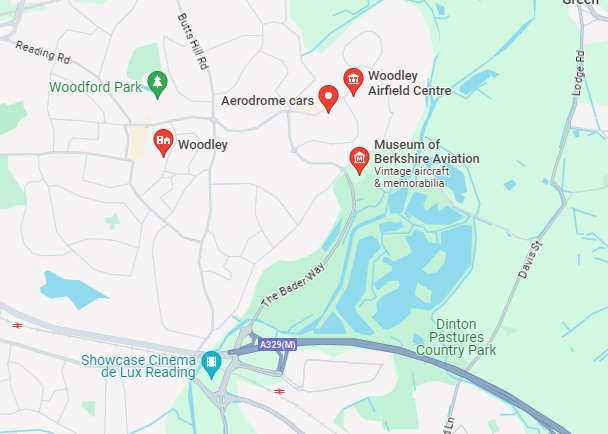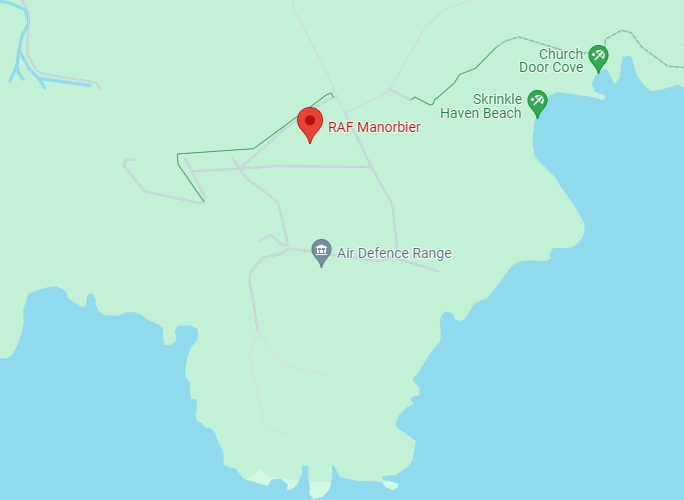Langland Bay - 19th December 1945
The Second World War is over, VE Day has been ‘celebrated’ during May 1945, followed by VJ Day, that August.
 |
| Miles M.50 Queen Martinet RH123 |
However, 19th December 1945, over the sea at Langland, a Miles M.50 Queen Martinet RH123 of the 773 Squadron, Fleet Air Arm, Royal Navy was lost over the sea at Langland.
Flight RH123, took off from Woodley Aerodrome, Reading,
Berkshire flying to RAF Manorbier, Pembrokeshire, when it suffered from fuel
problems and had to ditch into the sea.
 |
| Woodley Aerodrome, Berkshire credit - Google Maps |
From 1933 to 1962, 6,000 civil and military aircrafts were
built at Woodley Aerodrome, the Phillips & Powis factory installed
Britain’s first moving track assembly line for aircraft production, to build
the Miles Mister.
 |
| RAF Manorbier, Pembrokeshire Credit - Google Maps |
The airfield consisted of grass runaways and there were
canvas tents. From the spring 1937, the anti-aircraft training school and the No.1
Anti-Aircraft Co-operation Unit RAF based at the airfield. The unit
operated the pilot-less radio controlled de Havilland Queen Bees, which were
used for anti-aircraft gunnery practice. By 1940, the runaway was enlarged.
No. 595 Squadron occupied the airfield from 1943, leaving
1946.
The pilot of Flight RH123, was Squadron Leader Ronald
Frederick Clarke, ferry pilot. Sadly,
before he could be rescued Ronald, drowned.
Ronald ‘s missions and duties during the Second World War had been
flying supplies to General Wingate’s Chindits in Burma, also to fly supplies to
the besieged garrison in Malta.
Ronald ‘s name was to appear in several of the London Gazettes –
14th November 1939, 8th October 1940, 16th
December 1941 and 7th January 1944.
 |
| Ronald Frederick Clarke Alderholt Congregational Chapelyard credit - findgrave |


Comments
Post a Comment